Attica
-
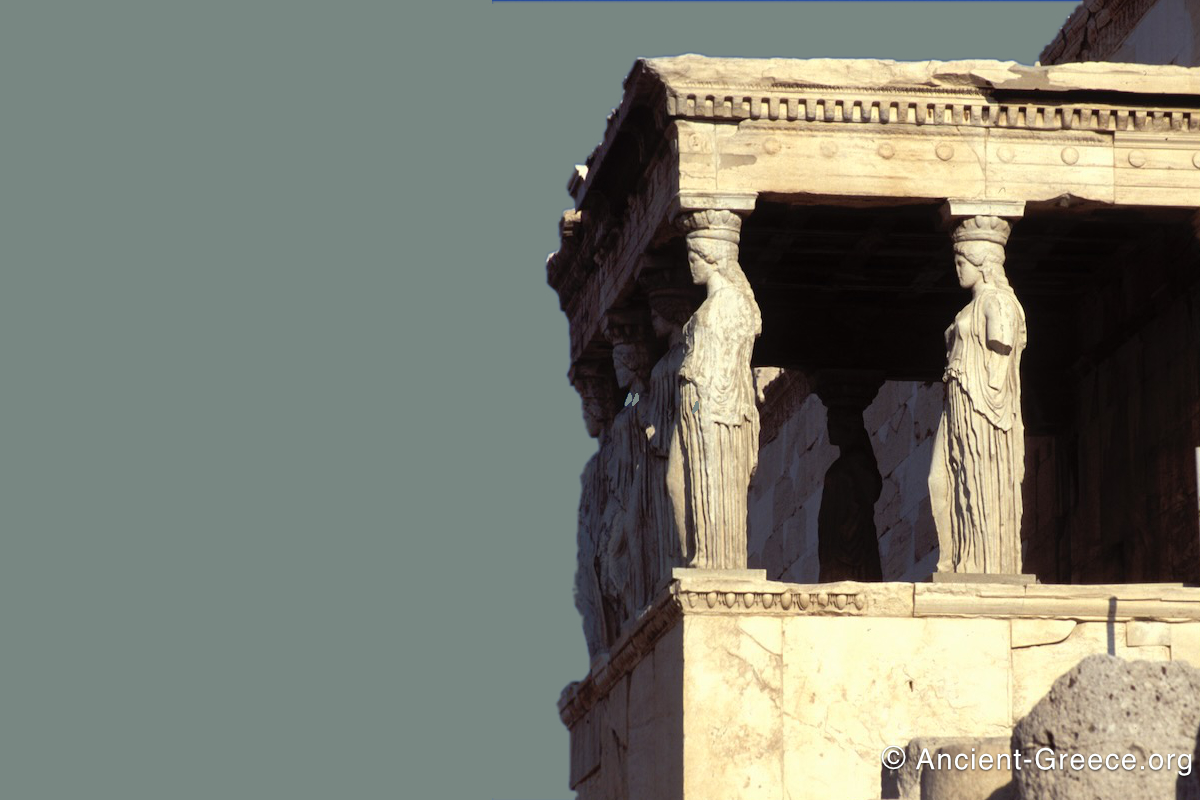
Erechtheion
Read more: ErechtheionWhile the Parthenon was the most imposing temple on the Acropolis, another building, the Erechtheion was built to accommodate the religious rituals that the old temple housed. Construction of the Erechtheion began in the Classical Era while the…
-

Propylaea
Read more: PropylaeaThe Προπύλαια (Propylaea, Propylaia) were built as a monumental entrance to the Acropolis rock. It is an imposing building that surrounds the natural entrance to the plateau, and one approached it in ancient times through an inclining ramp…
-

Acropolis Archaeological Site
Read more: Acropolis Archaeological SiteThe Acropolis (Ακρόπολις) archaeological site includes monuments and artifacts going back at least to the Mycenaean era. In its 3000 years old history, the Acropolis of Athens has enjoyed a significant position both in the history to its…
-
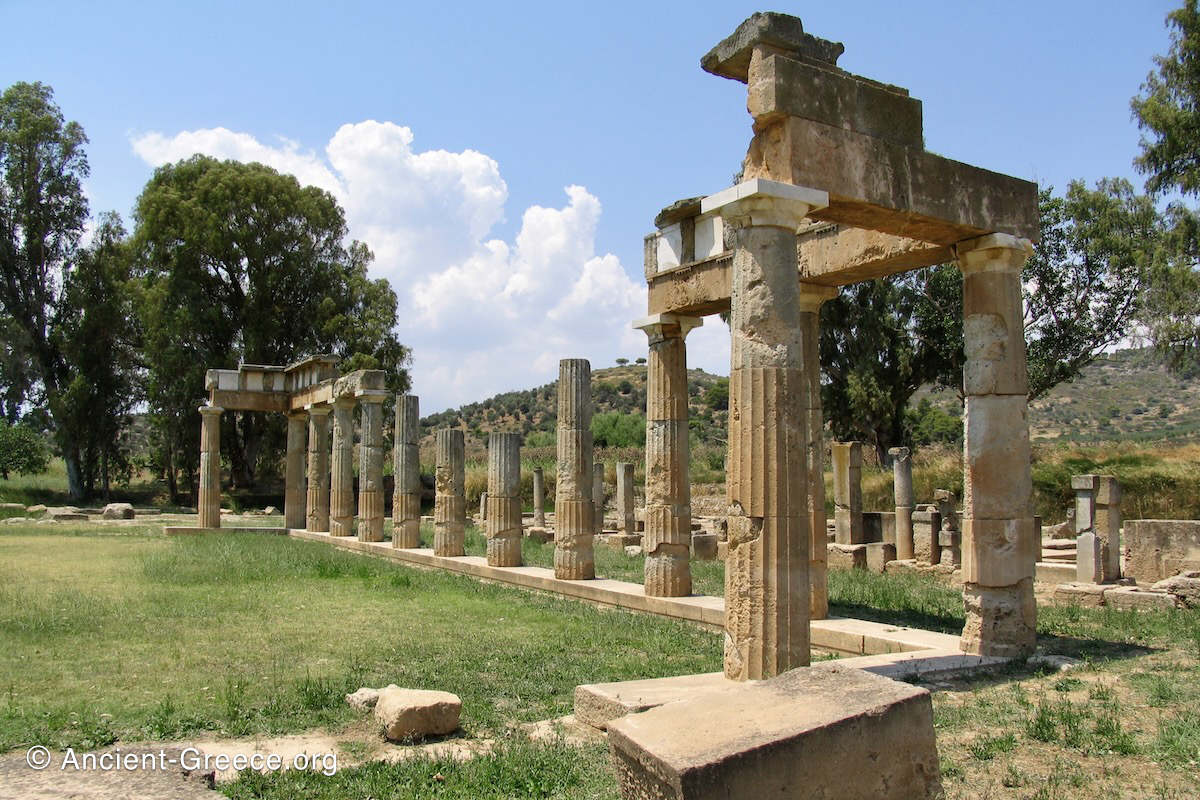
Brauron
Read more: BrauronBrauron (Βραυρών, Βραυρώνα, also transliterated Vravron, Vravrona) is an ancient sanctuary in eastern Attica near Athens. It was dedicated to the Goddess Artemis and it can be related to the Brauronion on the Acropolis of Athens. Worship on the…
-

Agora of Athens Archaeological Site
Read more: Agora of Athens Archaeological SiteThe Agora (Αγορά) of Athens today is an archaeological site located beneath the northwest slope of the Acropolis. The word “agora” applies to an assembly of people and by extend marks the gathering place. In modern Greek the term…
-
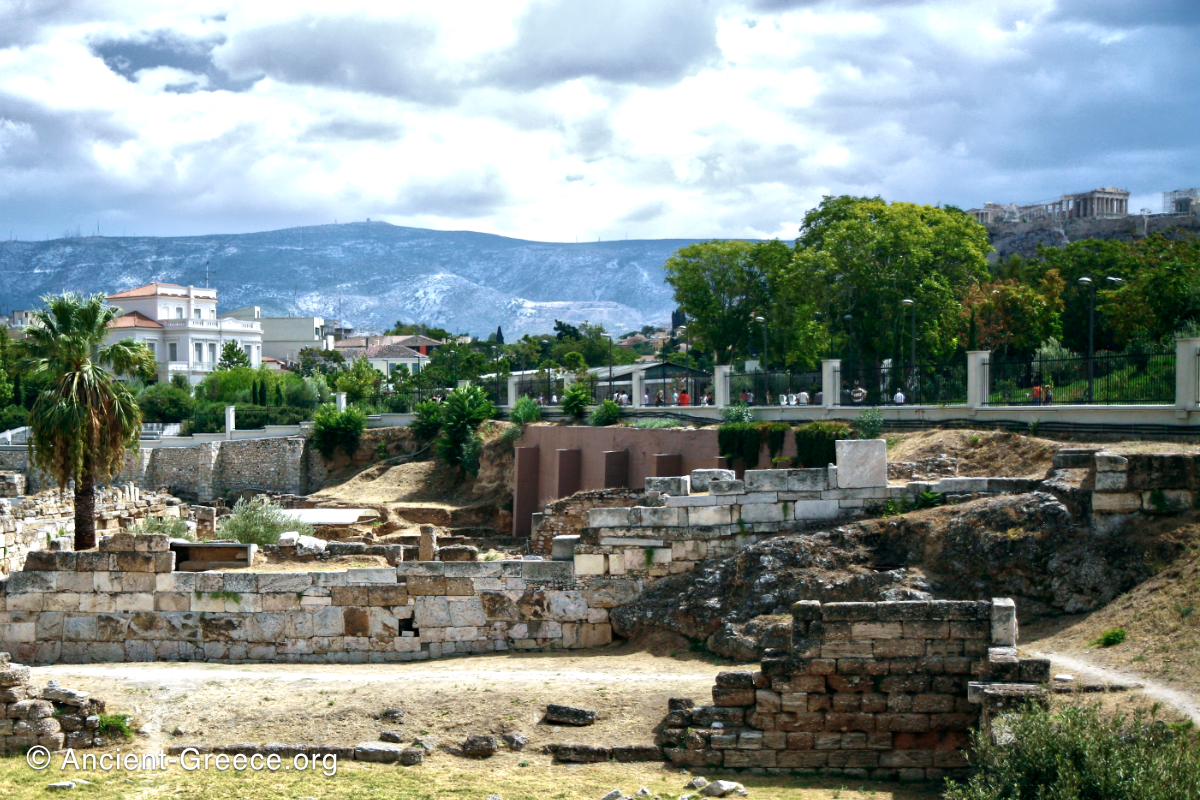
Kerameikos Archaeological Site
Read more: Kerameikos Archaeological SiteKerameikos (Κεραμεικός, Ceramicus) is the area of ancient Athens where the potters had their workshops. The English word “ceramics” derives from this area. Today, Kerameikos is an important archaeological site northwest of the Agora and the Acropolis. It…
-
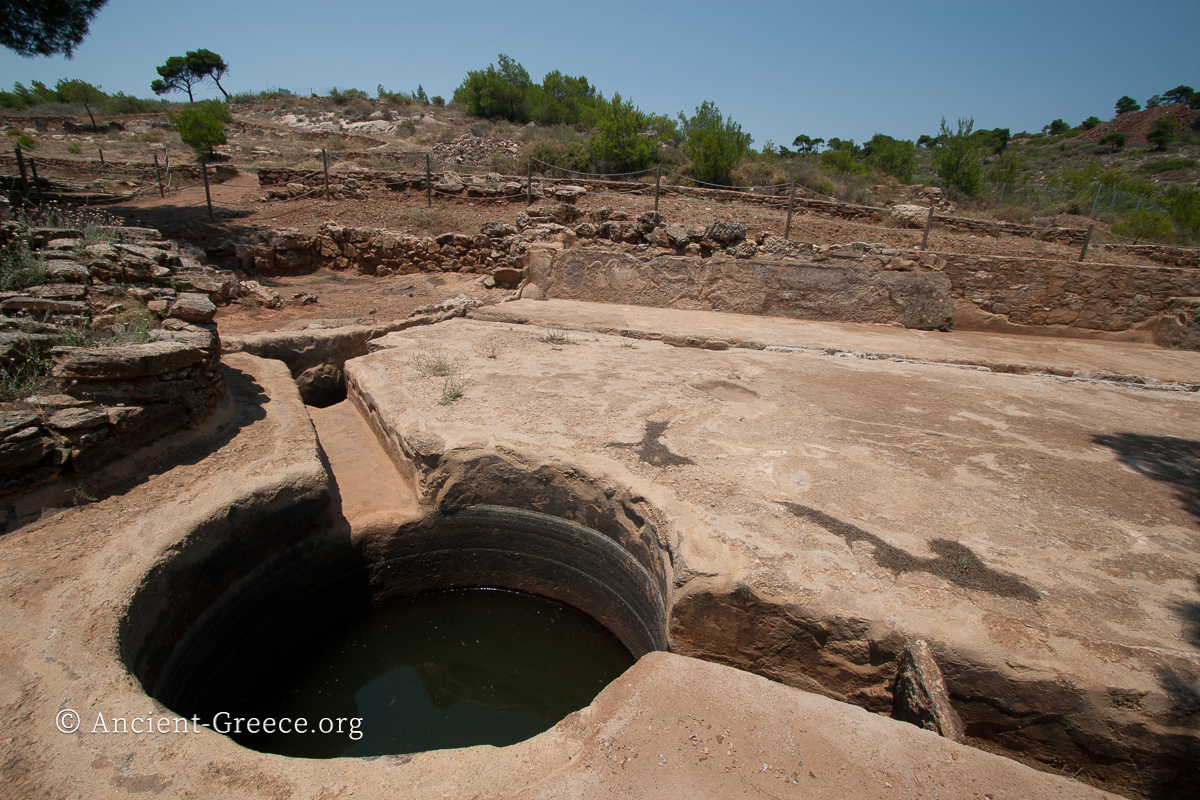
Lavrion Ancient Silver Mines
Read more: Lavrion Ancient Silver MinesLavrion (Λαύριον, Λαύριο, Lavrio, Laurio, Laurium, Laurion), is a rugged area in eastern Attica, near Athens, where the ancient silver mines are located. During the classical era, these silver veins were used to finance the formidable navy used to…
-
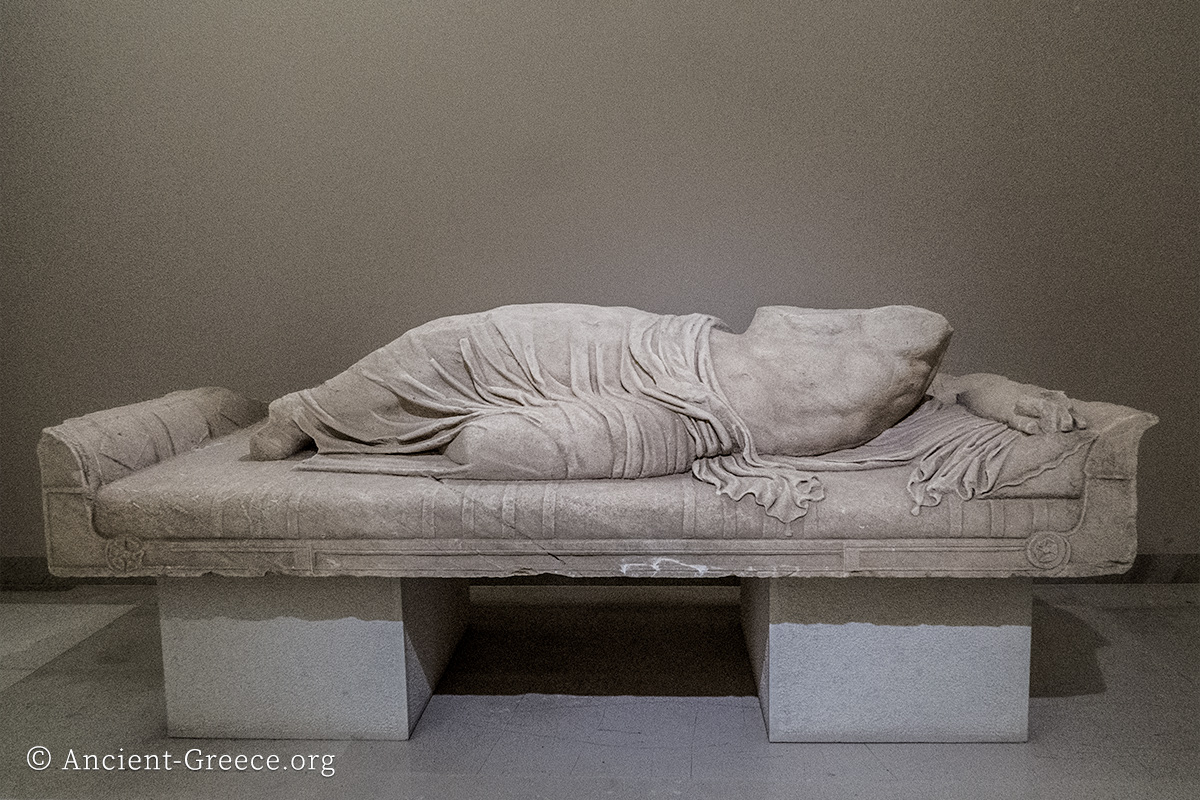
Marathon Archaeological Museum
Read more: Marathon Archaeological MuseumThe Archeological Museum of Marathon is located in the small coastal town by the same name, and exhibits art and artifacts from various excavation sites in the vicinity. The area has been continually inhabited since the Stone Age…
-

Marathon Archaeological Site
Read more: Marathon Archaeological SiteMarathon (Μαραθών, Μαραθώνας) area has yielded archaeological artifacts dating back to the Stone Age, but in modern times Marathon has become synonymous with the famous battle between the Athenians and the invading Persians where the outnumbered Greeks managed…
-
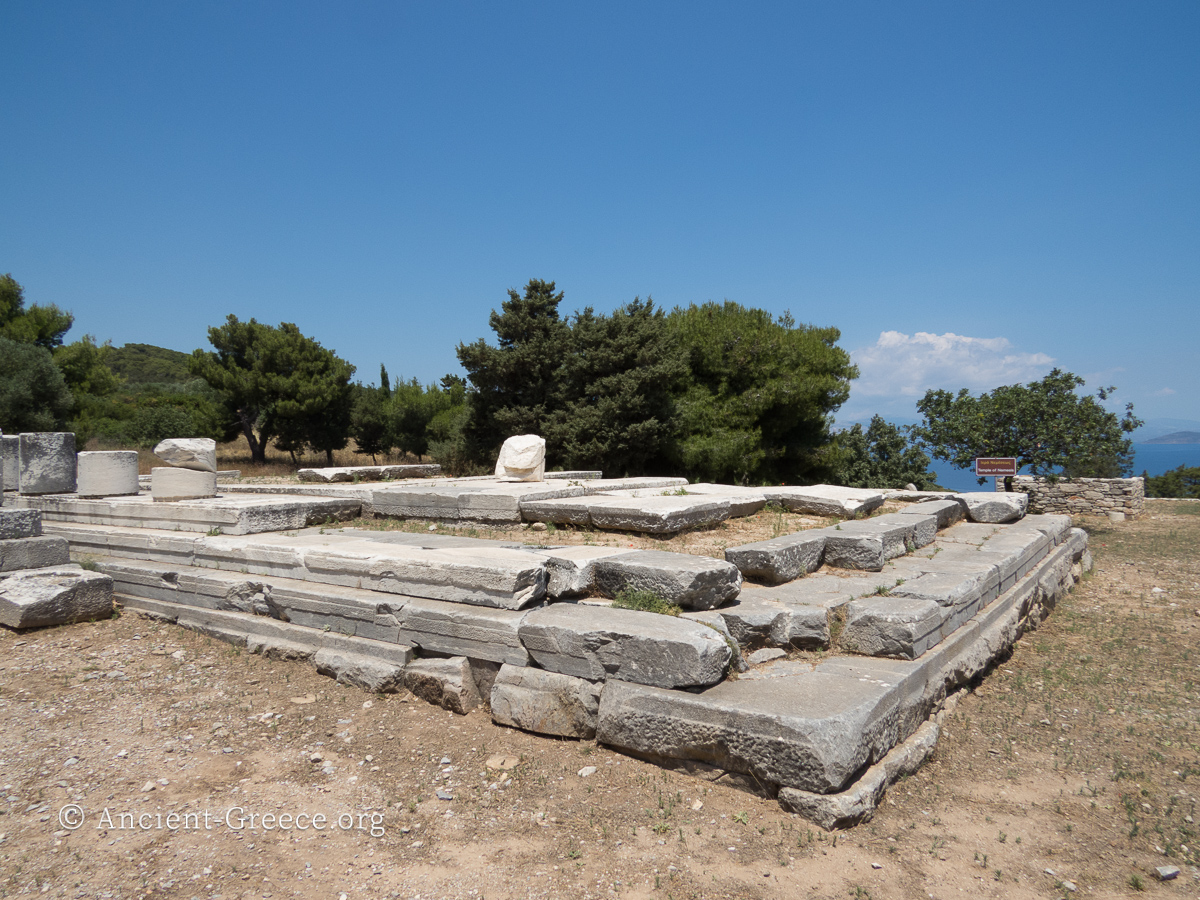
Rhamnous: Temple of Nemesis
Read more: Rhamnous: Temple of NemesisThe temple of Nemesis in Rhamnous was renown even before the fortified settlement acquired importance in the 5th c. BCE. Nemesis was the goddess that prescribed happiness and misery to mortals, and a zealous punisher of “hubris” (ύβρις)–the…


